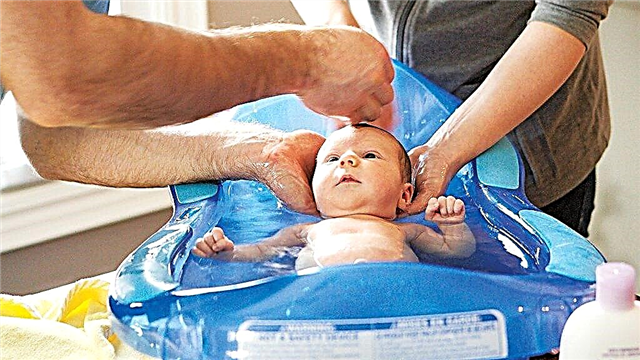
Based on the appearance of a child's feces, one can judge how his digestive system functions. If the color of the stool changes, it is alarming for the parents. The green color of the stool is especially frightening. Why can a mixed-fed baby's stool turn green and what should parents do in this case?
When is it normal?
In the first week after birth, baby's stool is called meconium. It is odorless, has a rather viscous sticky consistency and a dark green color. So for a newborn, green stools within 5-7 days after birth is the norm.
The stool of a child who is fed both breast milk and milk formulas has a dense consistency and is not normally liquid. Its frequency is 1-2 times a day, but maybe once every two days. Stool coloration is light (yellow) or dark (brown), like in adults. The smell in the stool of babies on mixed feeding is quite sharp.

Symptoms for Anxiety
You need to be on your guard and go with the baby to the pediatrician if, in addition to the green color of the stool in the child, you see at least one of these symptoms:
- The body temperature has increased;
- Vomiting appeared;
- There is blood in the stool and a lot of mucus - read the article on green stool with blood and mucus.
- Stool frequency increased;
- The feces began to smell unpleasant.

Possible reasons
Since the baby receives both human milk and formula, there can be several reasons for the green color of his feces:
- Abrupt changes in the diet of a nursing mother.
- The presence of hormones in human milk.
- Stool oxidation if it has been outdoors for a long time.
- Mom is taking certain medications.
- The baby receives only foremilk.
- Dysbacteriosis.
- Change of mixture.
What to do?
You should not run to the pediatrician if the child's stool simply changed. Watch the crumb - his mood, sleep, appetite. And if something is alarming, then you need to show the baby to the doctor.
In order for the baby to receive back milk, which is full of nutrients and there are enzymes that help to digest food, you should not immediately change the breast as soon as the child has drunk liquid front milk and began to demand more food.
If there is a suspicion that the green color of the baby's feces is caused by the mother's diet, it is necessary to track which foods can cause such changes. Often this is an excess of sweet foods, green vegetables, foods with dyes, and others.
If the child's stool has changed when a new mixture is introduced into the diet, it is recommended to replace the mixture, choosing another option that the baby will digest better.
We advise you to read the articles about green stool in breastfed babies and green stools in breastfed babies.



